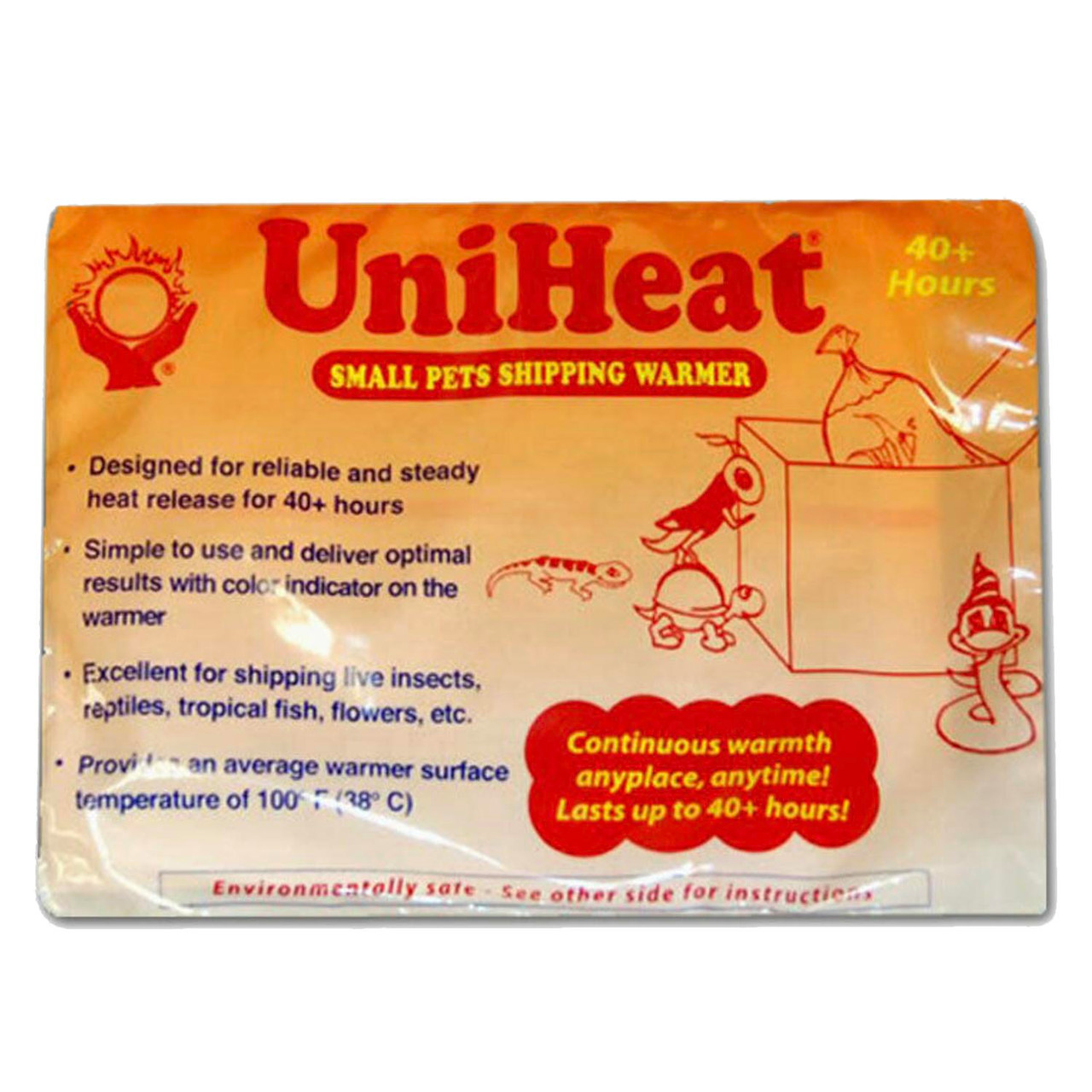Posted by UniHeatPacks on 2nd Sep 2025
Shipping Meal Kits or Perishables: Heat Safety Tips
Meal kits, gourmet foods, and other perishable shipments are growing in popularity—but temperature swings during transit can jeopardize product safety. Using UniHeat packs correctly, alongside proper insulation and packing methods, helps ensure meal kits, baked goods, and perishables arrive fresh and stable.
From Tropical Fish to Meal Kits: A Proven Solution
UniHeat packs were originally engineered for shipping tropical fish, reptiles, and small pets—cargo that demands precise temperature stability. Over the years, their reliability has made them a trusted choice for plants, live insects, perishables, and meal kits. These packs are multipurpose, non-toxic, and air-activated, making them safe for a wide range of sensitive shipments.
When paired with proper insulation and cold sources as needed, UniHeat packs protect against freezing damage and help maintain stability without overheating your cargo.
Why Heat Packs Help with Perishable Shipments
While gel ice packs or dry ice are often used for chilled shipments, heat packs are critical when shipping during colder months or to regions with freezing risk. They provide a thermal buffer that prevents:
- Freezing of fresh produce, dairy, or sauces during transit.
- Cold damage to meal kit components (greens, eggs, specialty oils).
- Spoilage from temperature fluctuations.
Choosing the Right Heat Pack for Food Shipments
Meal kits and perishables often travel 1–4 days depending on shipping zones. Match your pack duration to expected delivery time:
Insulation Techniques for Meal Kits
Heat packs must be combined with insulation to stabilize temperatures:
- Styrofoam liners: Essential for frozen or chilled goods; pair with both ice packs and heat packs if risk of freezing exists.
- Cardboard with liners: Layer cardboard with insulated bubble wrap for lighter perishables.
- Airflow management: Punch small vent holes to allow oxygen to reach the pack without excessive air exchange.
- Buffer layers: Separate food items from direct heat with paper or cardboard sheets.
Best Practices for Perishable Shipping
- Activate heat packs 30–45 minutes before packing: Ensure they are producing steady warmth before sealing the box.
- Pair with cold sources: In many cases, using both ice packs and heat packs creates stable ranges (avoiding freezing but keeping safe temperatures).
- Test packaging: Conduct trial runs with thermometers before scaling shipping programs.
- Adapt per season: Increase insulation and heat pack use in winter; reduce or eliminate in summer.
Shop Reliable Heat Packs for Food Shipping
Originally designed for tropical fish and small pets, UniHeat packs are now widely used for plants, meal kits, and perishable goods. They are multipurpose, non-toxic, and trusted worldwide. Choose the right duration or sampler bundle to keep shipments safe.
Frequently Asked Questions
Do heat packs replace ice packs for meal kits?
No. Heat packs prevent freezing in cold weather but should be paired with ice packs to maintain safe food temperatures.
Are UniHeat packs safe for food shipments?
Yes. They are non-toxic, air-activated, and widely used beyond pets—including plants and perishables. With proper insulation and buffering, they’re safe to use.
How long before shipping should I activate the pack?
Allow 30–45 minutes for full activation before sealing your box.
Will heat packs overheat food items?
Not if packed correctly. Always buffer with cardboard or kraft paper and avoid direct contact with perishables.
Which pack duration is best for meal kits?
40hr for overnight, 72hr for 2–3 day shipping, 96hr for extended or cold-weather routes. Use sampler packs to test SOPs.
Can I use multiple packs for larger boxes?
Yes, but test configurations carefully. Too many heat packs in small insulated boxes can create unsafe temperatures.





